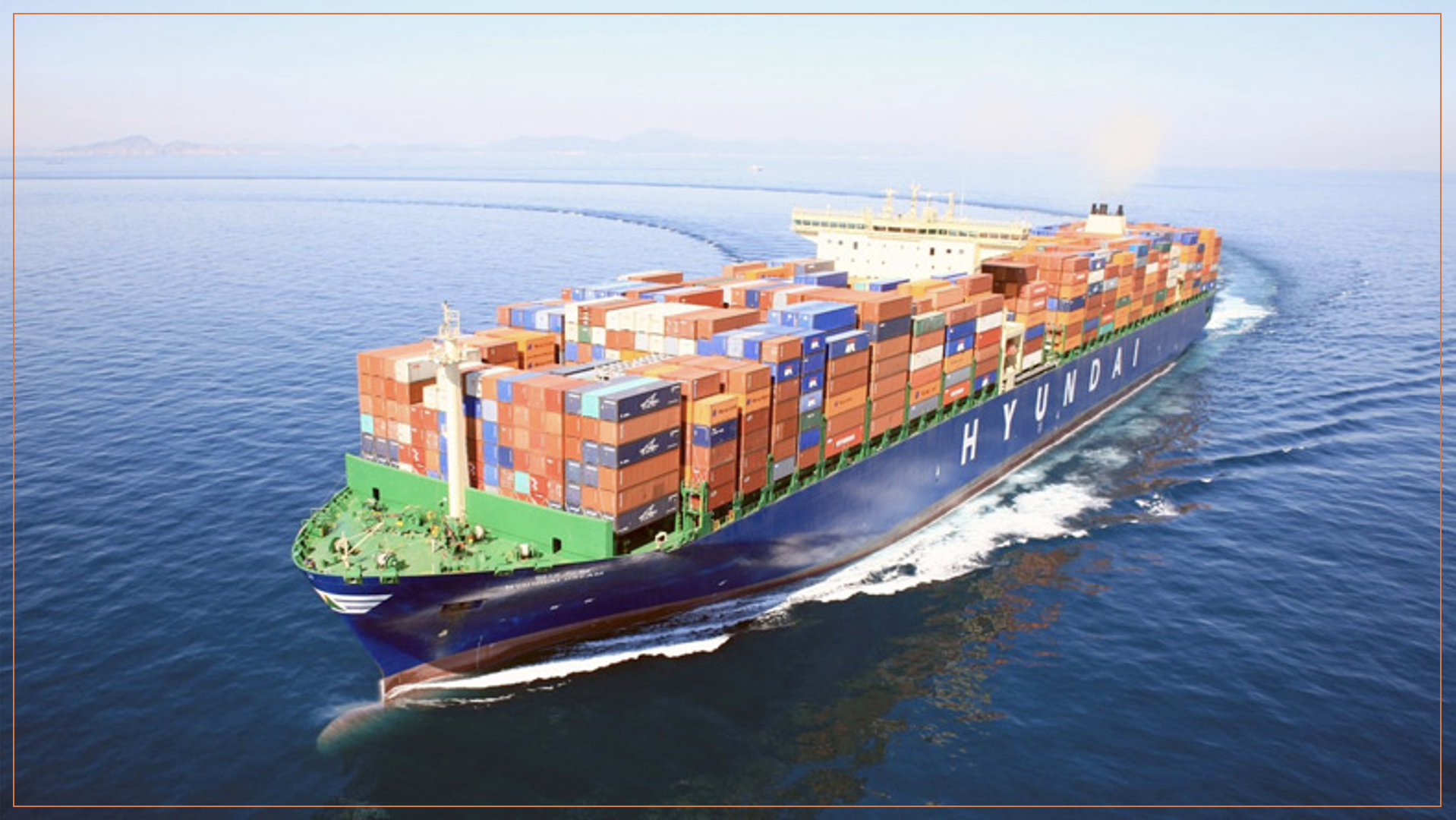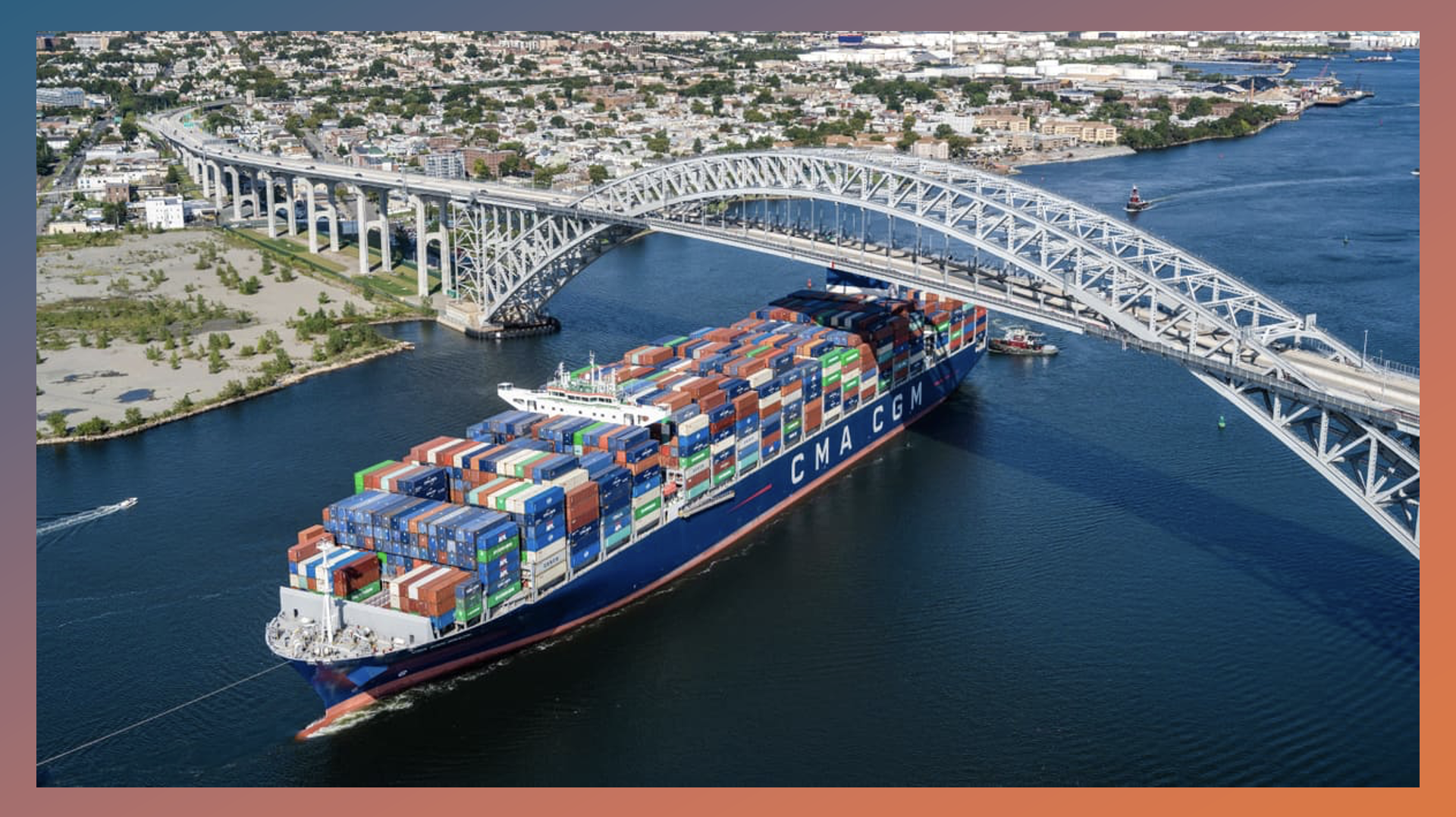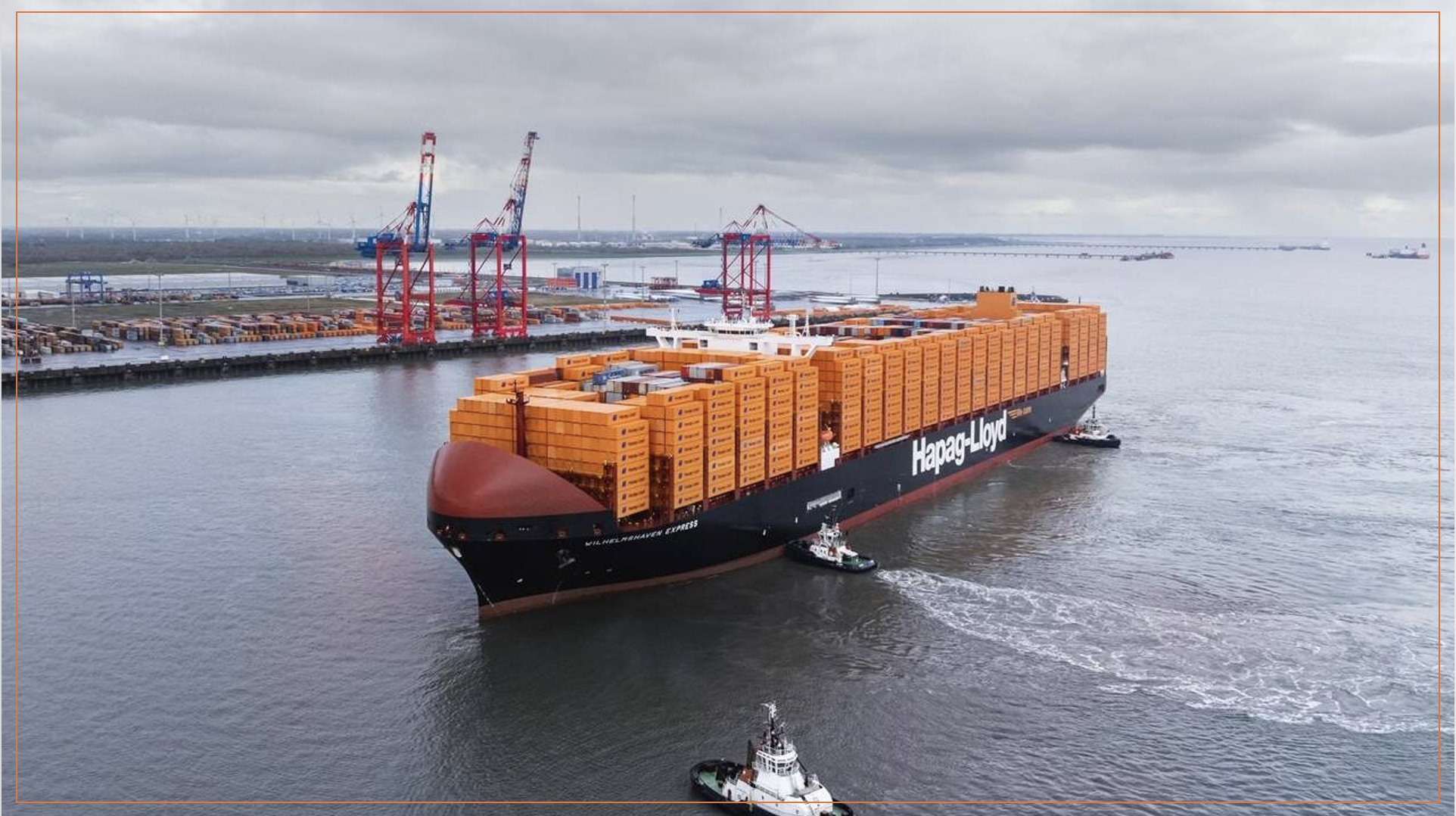Southeast Asia’s Air Cargo Boom Driven by Long-Term Fundamentals, Not Just Trade War Shifts

Image: Air Cargo news
Industry experts have concluded that the rapid growth of air cargo in Southeast Asia is primarily fueled by strong economic fundamentals, with the recent US–China trade war serving only as a catalyst that accelerated an already existing trend.
At the “Sustainable Growth of Air Cargo in Southeast Asia” session held on the opening day of the 2025 Air Cargo Southeast Asia Conference, panellists emphasized that the region’s cargo expansion would have occurred regardless of trade tensions between the two major economies.
The latest phase of the US–China trade war, which began in early 2025, has prompted airlines to redirect capacity from China to Southeast Asia, and from transpacific routes to Asia–Europe lanes. However, Mark Drusch, Chief Officer Cargo at Qatar Airways Cargo, noted that the geopolitical disruptions merely hastened growth that was already underway.
Drusch explained: “We shouldn’t be surprised because these are economies that are growing very quickly, with relatively young populations and a rising middle class. While China’s trade and capacity have slowed, Southeast Asia’s momentum continues. The trade war accelerated the growth, but it would have happened anyway.”
Panel participants agreed that this expansion reflects a lasting regional trend, with growth expected to continue in the coming years.
For over a decade, Southeast Asia has been solidifying its position as a major trade and logistics hub. The region’s growth has been supported by e-commerce developments, evolving tariff regimes, and the China+1 manufacturing strategy, which encourages companies to diversify production away from China to countries such as Vietnam, Malaysia, and Thailand to reduce dependency and costs.
Mark Jason Thomas, CEO of MAB Cargo (Malaysia Airlines’ cargo arm), said that e-commerce and manufacturing diversification have kept growth “steady,” positioning the region well for further expansion.
Similarly, Stanislas Brun, Chief Cargo Officer at Etihad Cargo, observed that production hubs have shifted from “China and India” to include “Vietnam, Bangladesh, and Cambodia,” creating new cargo routes and markets.
Or Zak, Chief Commercial Officer at Challenge Group, added that e-commerce companies had already begun shifting focus toward Asia-Pacific markets even before the pandemic. He emphasized that the movement of production and cargo to Southeast Asia has been “intensified by geopolitical forces” and will likely continue to accelerate under the China+1 trend.
Capacity Management in a High-Demand Region
Managing air cargo capacity amid rising demand remains a key operational challenge. According to Drusch, Qatar Airways Cargo uses a three-pronged approach.
“During the summer season, we put more aircraft in maintenance to ensure they’re ready by September. We also adjust our global network aggressively to align capacity with demand peaks throughout the year,” he said.
Zak stressed that flexibility is crucial for Challenge Group, which operates exclusively freighters. “Seasonality doesn’t really exist anymore. We must stay agile, listen to customers, and move aircraft based on shifting production patterns and emerging demand,” he explained.
Brun added that strategic partnerships and collaboration can enhance network strength and improve route frequency, helping airlines better respond to market fluctuations.
___________________________________________________________________
Edited by: Cofast News Editorial Team (according to Air Cargo News)
#CofastNetwork #CofastNews
#AirCargo #SoutheastAsia #TradeWar #Ecommerce #ChinaPlusOne




